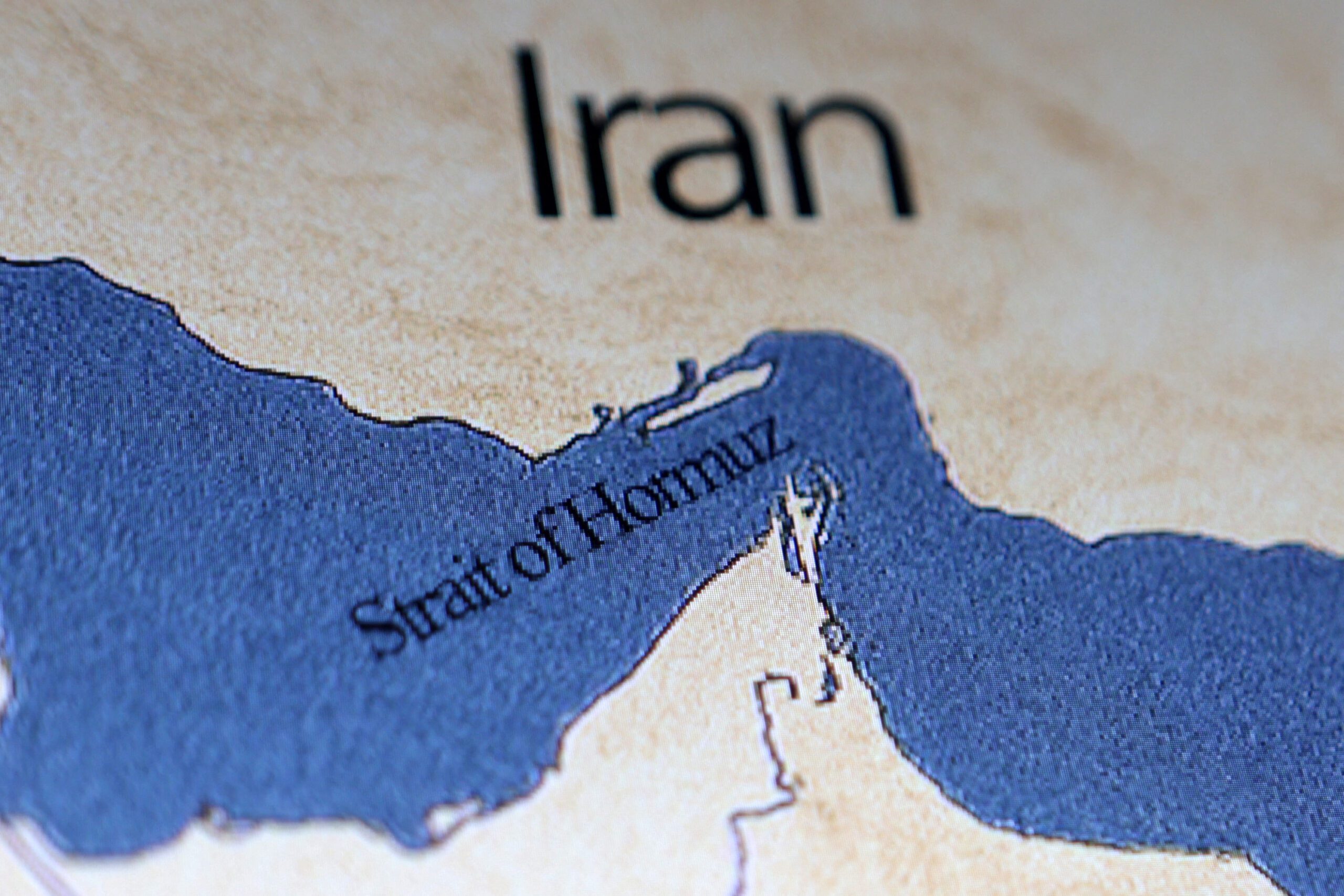” at National Defense University Photo by Rachel Larue.
By James Stavridis (Bloomberg) In the classic Cold War novel (and fine 1965 film) “The Bedford Incident,” a U.S. destroyer on a NATO mission tangles with a Soviet submarine in the frigid waters near the Arctic Circle. Mayhem ensues in a tautly described set of interactions that lead the world to the brink of nuclear war.
Today, as we watch U.S. and Russia continue to confront each other around the world — from Syria to Ukraine to the cyber sphere — the High North is no exception. “Our goal is to make it a truly global and competitive transport route,” Putin said of the Arctic in a March address to the Russian Federal Assembly. China may also be getting into the game: President Xi Jinping recently met with Putin to discuss a collaborating on a kind of
“frozen Silk Road.”Clearly, the Arctic is dangerously close to becoming a zone of conflict. How can we achieve what our Canadian allies wistfully call “high north but low tension”?
Let’s begin with the geopolitics, which are tailor-made for competition. Russia enjoys the largest “front porch” along the Arctic Ocean. Across the ice are five NATO nations: Canada, Denmark (by virtue of its Greenland territory), Iceland, Norway and the U.S. Two other very close European friends of the alliance, Sweden and Finland, also have territory abutting the Arctic.
On the NATO side, there are a variety of views as to how to regard the Arctic. Several years ago, as the alliance’s military commander, I was struck by the differing positions among the allies as to NATO’s role in the north — from Canada believing it should avoid any militarization to Norway advocating significant NATO patrols and surveillance in the region.
The other friends and allies fall somewhere between the two views, while the U.S. (after years of essentially ignoring everything except Alaska’s hydrocarbon production) is increasingly focusing on the region, beginning with appropriating funds for long-needed icebreakers and patrolling more aggressively in the air and beneath the polar ice.
Putin has taken an aggressive stance by ramping up the level of forces allocated to the region, adding both land and air units north of the Arctic Circle, while using his large fleet of icebreakers aggressively at sea (Russia has 25-plus while the U.S. today has only a single truly all-year capable vessel). China, while not an Arctic nation by virtue of geography, is building icebreakers and preparing to be deeply engaged — hence the nascent partnership with the Russian Federation.
All of this is complicated by the effects of climate change, which are rapidly melting the icecap. This is opening up important sea lanes of communications (shipping routes) and increasing the flow of both commercial and military ships and aircraft. While it will be a decade or more before shipping truly burgeons in the Arctic, China and Russia are planning and building infrastructure to dominate the trade routes. Meanwhile, under the ice, submarines operate continually, replaying at times the Cold War games of “Hunt for Red October” fame. Finally, there is also a great deal of oil and natural gas below the sea floor that will become more accessible over time petition in the region.
So, how can we avoid a truly cold war in a part of the world where we have — at least to date — avoided combat?
First, the U.S. should invest in the international institutions that provide forums for dialog between Russia and the rest of the Arctic nations. At the top of the list is the Arctic Council, a loosely organized but bureaucratically functional international organization with all the Arctic nations (and many observer states as well, notably China). The council brings together both the foreign ministers and military chiefs from the member nations, and uniquely could hold a summit and convene the heads of state from every state with either geographic or economic interest.
Second, the Pentagon must increase its ability to monitor and operate militarily in Arctic. Congress must allocate financing for at least half a dozen significant icebreakers, and joint private-public partnering could help develop a strategic plan for constructing appropriate infrastructure — from airfields to ports to offshore platforms.
Third, Washington should seek zones of cooperation with Russia (and eventually China if it becomes a regional player). These could include using “science diplomacy” to jointly sponsor missions to measure environmental issues from warming sea temperatures to melting ice; conducting exercises to test our ability to respond to ecological disasters (including oil spills); practice search-and-rescue operations over wide areas (Canada has invested heavily in this); and so on.
Finally, Americans simply need to pay more attention to the vast stretches of ocean and ice at the top of the world. The stakes — geopolitical competition, hydrocarbons, a fragile environment with global effects, the emergence over time of important shipping lanes — are enormous. We can avoid a real world Bedford Incident, but it will require attention, resources and imagination applied to the High North.
This column does not necessarily reflect the opinion of the editorial board or Bloomberg LP and its owners or gCaptain.To contact the author of this story:
James Stavridis at [email protected]
To contact the editor responsible for this story:
Tobin Harshaw at [email protected]

 Join The Club
Join The Club











